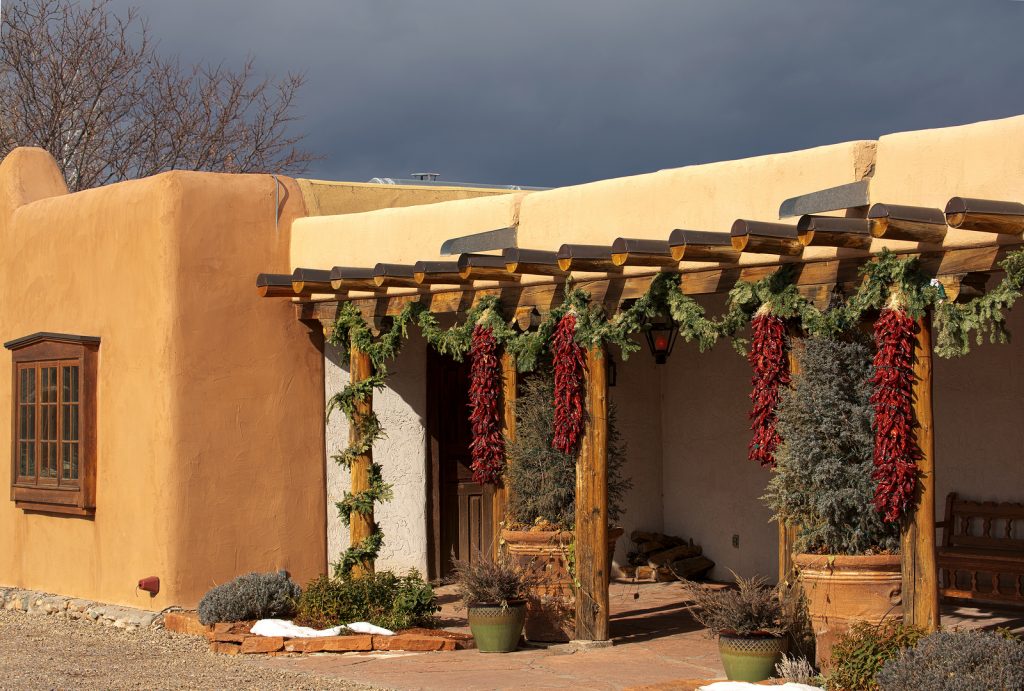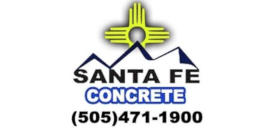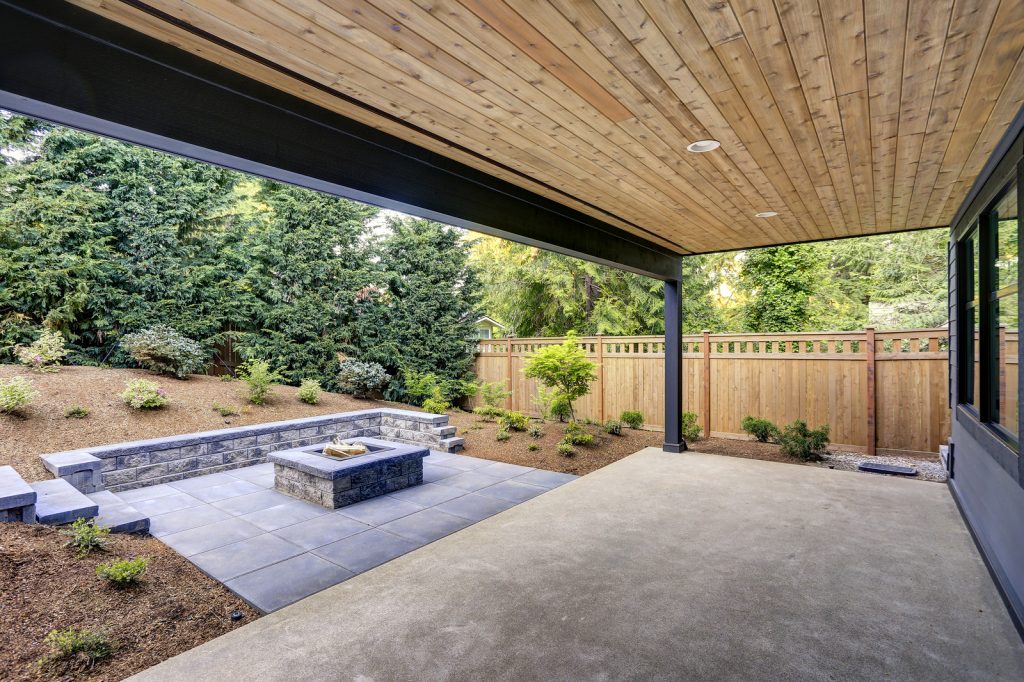Concrete -vs- Asphalt, (not red -vs- green) Here’s Why Concrete’s Better – Part Two
- admin
- Mar-06-2020
- concrete -vs- asphalt, Santa Fe Concrete
Prior to determining what material you want to use for your Santa Fe home driveway, patio, portal or sidewalk, concrete or asphalt, it’s wise to learn about the features and benefits of each to see how they compare to each other. Each of the materials are made with a gravel base. Asphalt is very different because even though it is made with sand and ½ inch to ¾ inch gravel like concrete, its other main component is hot oil glue, which binds the materials together. Concrete is made with ½ inch to ¾ inch gravel, sand, limestone, water and cement.
Ongoing Concrete Paving Maintenance Costs -vs- Ongoing Asphalt Paving Maintenance Costs
The product life span of concrete is from 2 to 4 decades. When you consider the yearly cost of maintaining asphalt, it can run from 400% to 750% more expensive to maintain each year than concrete. Using concrete to pave surfaces in Santa Fe, NM, like roads, streets, State of NM highways, patios, driveways, portals and sidewalks costs less to repair and to maintain.
Environmental Facts About Concrete -VS- Asphalt
A Mostly unknown fact about concrete is that it is totally reusable and recyclable. When it is being excavated or demolished at a construction site, it can be crushed and then introduced into new ready mix concrete batches or used in different aspects of construction such as base course or back fill. Asphalt offers the same facts because it is used again to resurface roads after it is excavated from roads that are being updated or maintained.
Concrete uses much less fuel than asphalt to make for roads being built that will receive similar amounts of traffic. This fact is according the the Federal Highway Administration technical advisory memorandum, T5080.3.
According to the Federal High Administration, the country would save approximately 1.3 billion gallons of diesel if roads were paved with concrete instead of asphalt. To give this fact some weight, consider this set of numbers. If you save 1.2 billion gallons of diesel over the period of a year, it would fill up a domestic oversize pick-up using diesel fuel daily, year after year for over 85 years. Keep in mind that’s for only 1 year, not several years.
Because concrete pavement needs far less maintenance and repair, daily, weekly, monthly and annually, it means way lower amounts of diesel fuel is required for the construction equipment used to build roads. The fact that there is less fuel being used by all concerned, including cars and trucks using the roads and big trucks and construction equipment used to build them because concrete has been used to build roads, it means the U.S. will lower its use of foreign oil for gas and diesel. Keep in mind that over the road semi-trucks burn lower amounts of fuel on concrete roads and that means the fuel needed to run them will be less. This fact will help the country spend less on transporting goods, which will mean lower prices on goods and reduced carbon emissions.
The Positive Impact of Concrete on Electricity Bills
Nearly everyone knows to reflect heat from one’s body from the sun, the best clothes to wear are white or bright colored. Darker clothes take in heat from the sun, making a person hotter by far than white or bright clothes. The same principle extends to roads. Roads paved with asphalt absorb heat versus concrete that is lighter in color and reflects heat from the sun.
There is a difference in cost for cooling bills for properties next to asphalt parking lots compared to properties next to parking lots paved with concrete. Also, properties paved with concrete need less lighting than properties paved with asphalt, which translates into lower electricity bills as well. Fewer lights means lower cost for installation, maintenance and operation. Less lighting and lower heat translates into lower electricity bills because buildings need less energy to cool them.
Businesses open at night with concrete parking lots logically have great lighting compared to asphalt, which translates into better safety. Properties with better lighting means customers can see easier and potential customers will see the property as safe and definitely more approachable, which ideally will translate into more business.
Choosing the Best Material for Your Construction Project – Concrete is the Winner
Concrete is safer, stronger, saves money, lasts longer, costs less and is better for the environment, making it the best choice for Santa Fe new home construction slabs, portals, driveways, garage floors, patios and sidewalks. To learn more about what concrete can do for you, give Janet Montano a call at (505) 471-1900.

